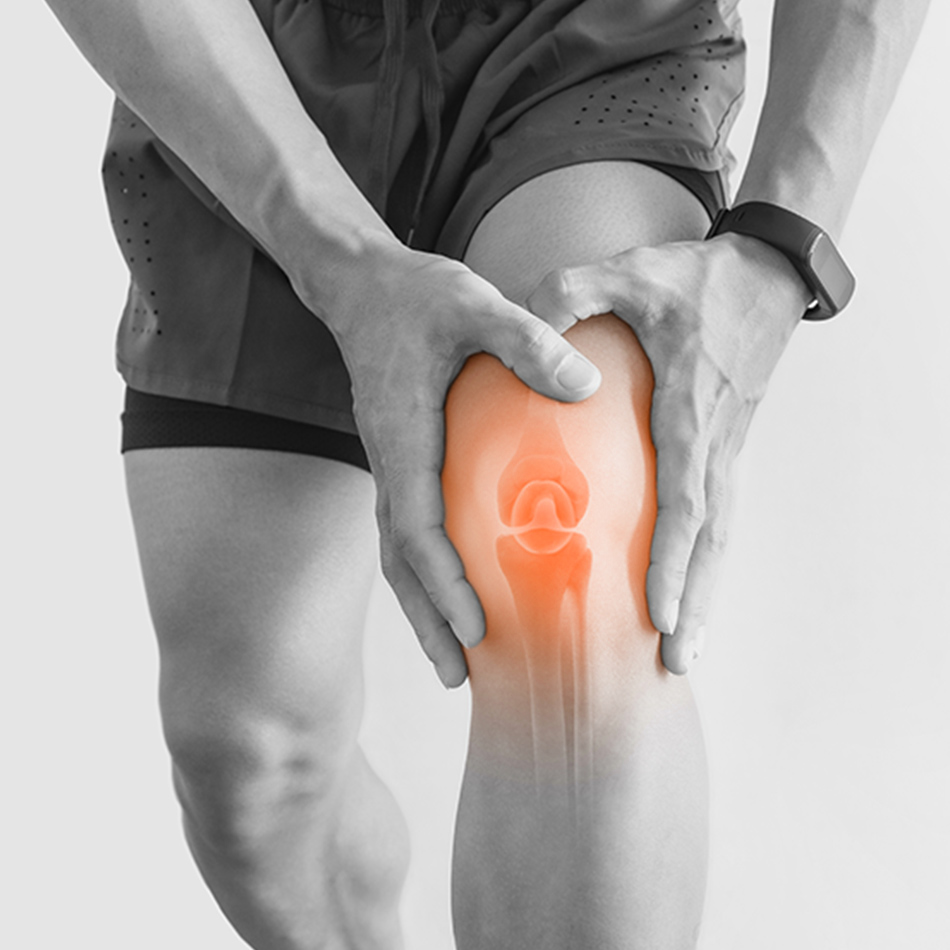
Knee pain is a prevalent issue, and the causes and characteristics of the discomfort can vary significantly. The pain may be localized in a specific area or spread throughout the entire knee joint. Additionally, the pain can range from a continuous throbbing sensation to tenderness experienced only during pressure or weight-bearing activities. To determine the cause of knee pain, a thorough physical examination and medical imaging are often necessary.
Several common knee problems include:
- Bursitis: Bursitis refers to the inflammation of the bursae, which are small fluid-filled sacs that cushion the joints. In the knee, bursitis can cause pain, swelling, and limited mobility.
- ITB (Iliotibial Band) Syndrome: ITB syndrome occurs when the iliotibial band, a thick band of connective tissue that runs along the outside of the thigh, becomes tight or inflamed. This condition often leads to pain on the outer side of the knee.
- ACL (Anterior Cruciate Ligament) Injury: An ACL injury involves damage to the anterior cruciate ligament, one of the major ligaments in the knee. It can cause instability, swelling, and pain, particularly during movements that involve pivoting or sudden changes in direction.
- Arthritis: Arthritis in the knee can result from various conditions, such as osteoarthritis, rheumatoid arthritis, or post-traumatic arthritis. These conditions cause joint inflammation, leading to pain, stiffness, and reduced mobility.
- Meniscus Tear: A meniscus tear refers to damage to the C-shaped cartilage discs (menisci) in the knee joint. This injury often causes pain, swelling, and difficulty moving the knee.
- Patellar Tendonitis: Patellar tendonitis, also known as jumper's knee, involves inflammation or small tears in the tendon that connects the kneecap (patella) to the shinbone. It typically leads to pain around the patellar tendon and can worsen with activities that involve jumping or repetitive knee movements.
- Baker's Cyst: A Baker's cyst, or popliteal cyst, is a fluid-filled swelling that forms at the back of the knee. It can cause discomfort, stiffness, and tightness in the knee joint.
Each knee condition requires specific attention, and once an accurate diagnosis is made, significant pain relief and effective treatment options can be explored. I prefer using a combination of acupuncture and manual therapy, as it has proven to yield more effective and faster recovery outcomes.
By combining these therapeutic modalities, we can provide comprehensive care and optimize your recovery from your knee pain.
Get in Touch
For a consultation or to book an appointment at the clinic
